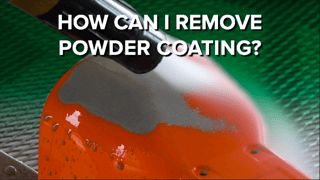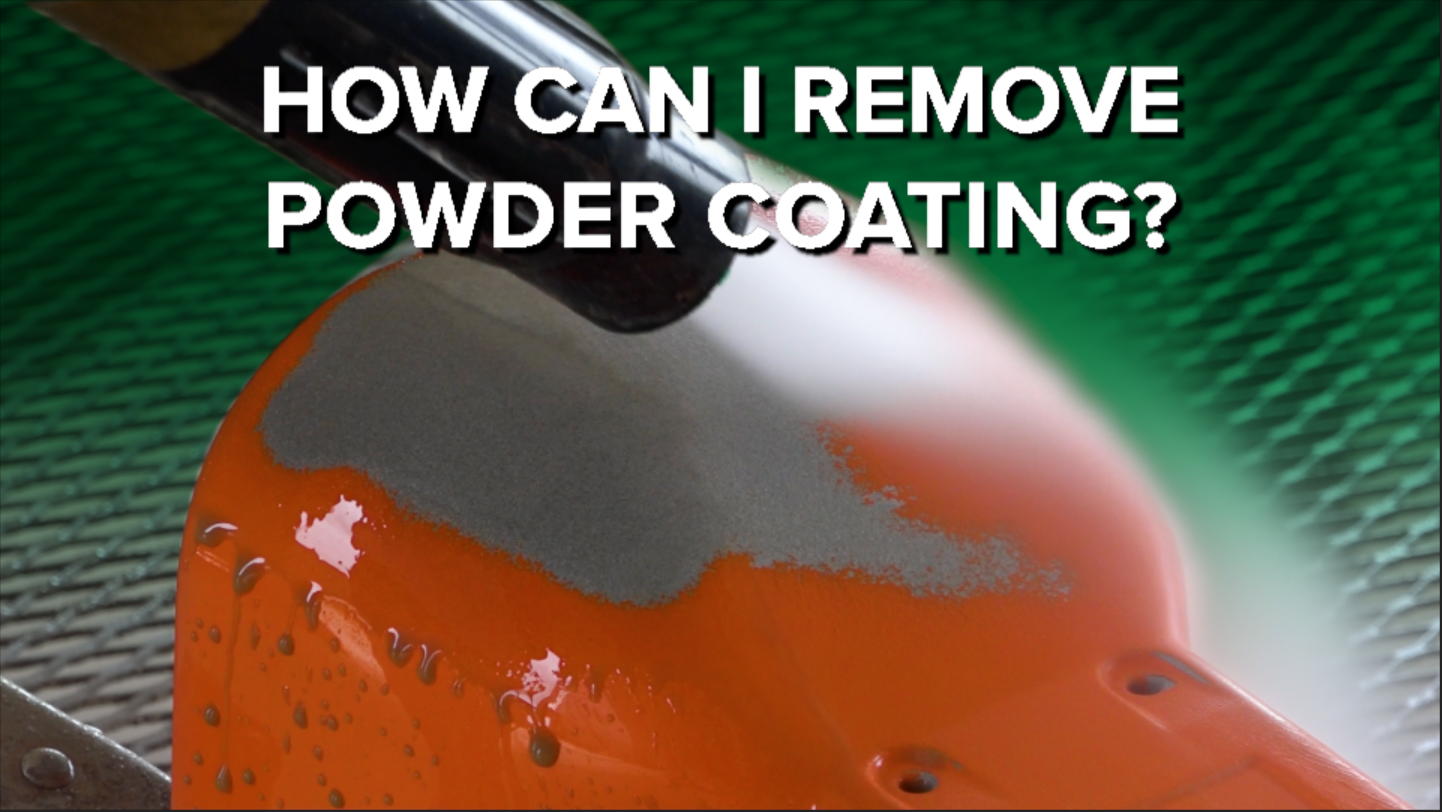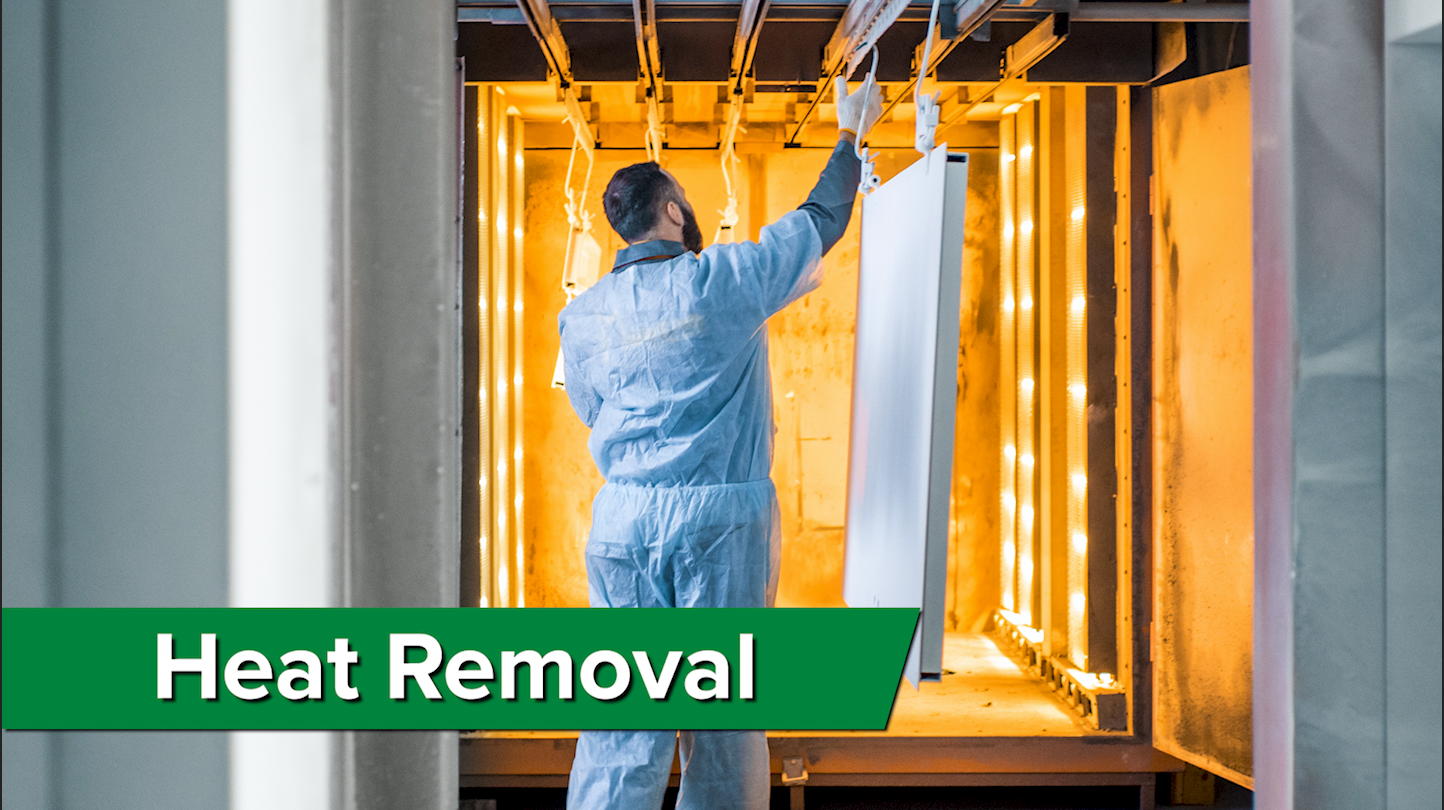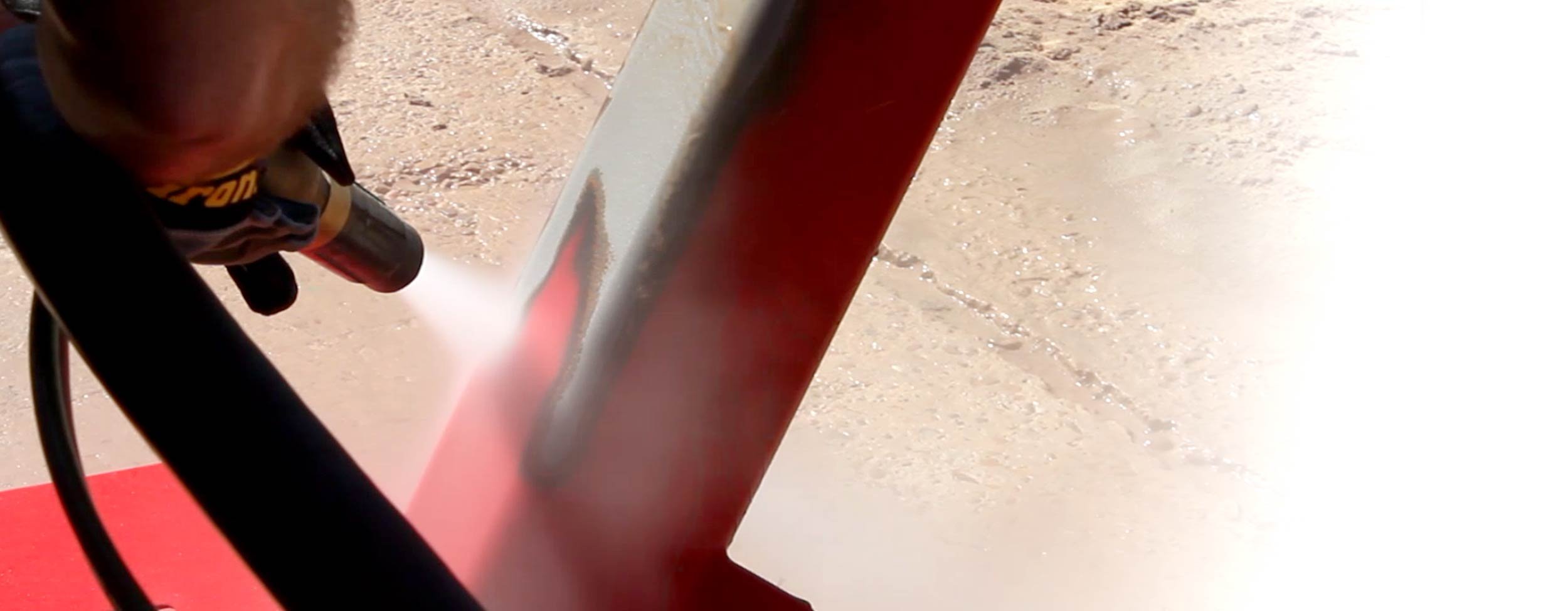
 Powder coatings are well known for their durability and strong adhesion to the substrate. They provide a much tougher and longer lasting finish than traditional paint. This is great for keeping surfaces in good condition, but it can prove to be a challenge when it comes time for the coating to be removed.
Powder coatings are well known for their durability and strong adhesion to the substrate. They provide a much tougher and longer lasting finish than traditional paint. This is great for keeping surfaces in good condition, but it can prove to be a challenge when it comes time for the coating to be removed.
There are three common removal methods to look into when you need to remove powder coating. These methods are chemical stripping, heat or thermal stripping, and abrasive blasting. Each process has its pros and cons and you should take a close look at each when you are deciding which is the right one for you.
Chemical Stripping
Chemical stripping is a common way to remove powder coating. To apply the stripper all you need to do is place the desired part into the chemical and wait for at least 20 minutes. On some occasions when your part has a lot of hard to reach places, you may need to apply with a brush or a chemical stripper.
With the use of chemicals like methylene chloride, it will quickly remove the powder coating from your part, but some chemical residue will still remain. Once that step is complete, rinse the part with a mixture of water and TSP (tri-sodium phosphate). TSP will help to neutralize some of the chemicals to remove them completely from the part.
Chemical stripping also comes with some cons. The chemical stripping method is dangerous and any chemical used will harm you on contact. It is very important to be as careful as possible when using a chemical removal method. Wearing protective gear such as elbow-length multi-layer gloves and a heavy duty apron along with protective eyewear must be done to ensure safety. Chemical Strippers will often have a lot of strict environmental disposal requirements as well that must be adhered to.
Heat Removal

There are three main methods of thermal stripping using heat, bake off, burn off, or fluidized bed system. Each system will utilize heat at different temperatures and remove powder coats in a different amount of time. When using a bake off system, the temperature achieved will typically range from 640 - 750 degree Fahrenheit and parts can take up to 3 - 6 hours to become clean. The burnt off powder coating then has to be washed away in order to ensure it does not stick to the surface.
When using the burn off system, the temperature can get up to 1000 - 1200 degrees Fahrenheit. The fluidized bed stripping system uses an abrasive media that is heated and rubs against the products surface. This act will the strip the coating right off of the substrate. This will operate at around 800 degrees farenheit. Once the coating is cleared off you will be left with a uniform surface.
These high temperatures can be difficult to achieve and will require an industrial level oven that is not found in homes. Of all the ways to remove powder coating, the heating process is the least applicable for anyone trying to remove paint or powder coating themself. There is also risk of harming the surface profile of the part being used when it is exposed to such high heat.
There are variables that need to be carefully considered when using the high temperatures that are required for this process. Depending on the temperature used and the thickness of the powder coat, the bake off and burn off systems could have vastly different lengths before the coating is fully removed.
Abrasive Blasting
Dustless Blasting is among the easiest and most efficient removal methods for powder coating, while also being environmentally friendly. You can adjust your abrasive media to be the perfect fit for each project, no matter what surface you may need to strip. Stripping powder from metal, aluminum, steel, or whatever your powder coated surface may be, abrasive blasting can be used to remove it.
Abrasive blasting is a preferred method of blasting for numerous reasons. It will allow you to remove powder coating from small parts or big projects alike, including in hard to reach areas that may be hard for chemical strippers to reach. Dustless blasting will also make removing powder coating easier by allowing the job to be performed anywhere. It is no longer confined to a sandblast room. With the right set-up, clean up can be easy and you can start removing powder coating anywhere you are. When you abrasive blast you are also much less likely to harm the substrate and you will keep the surface profile intact, which is necessary if you plan on applying new coating to your part after the stripping process is complete.

Powder coating removal has never been easier. A Dustless Blasting machine allows the ability to clear a wide variety of surface coatings and is not limited to just powder coats. If you find a dustless blaster in your area, you won't need to purchase any equipment of your own to get your part cleared up. For more on Powder Coating, view our ultimate guide.
